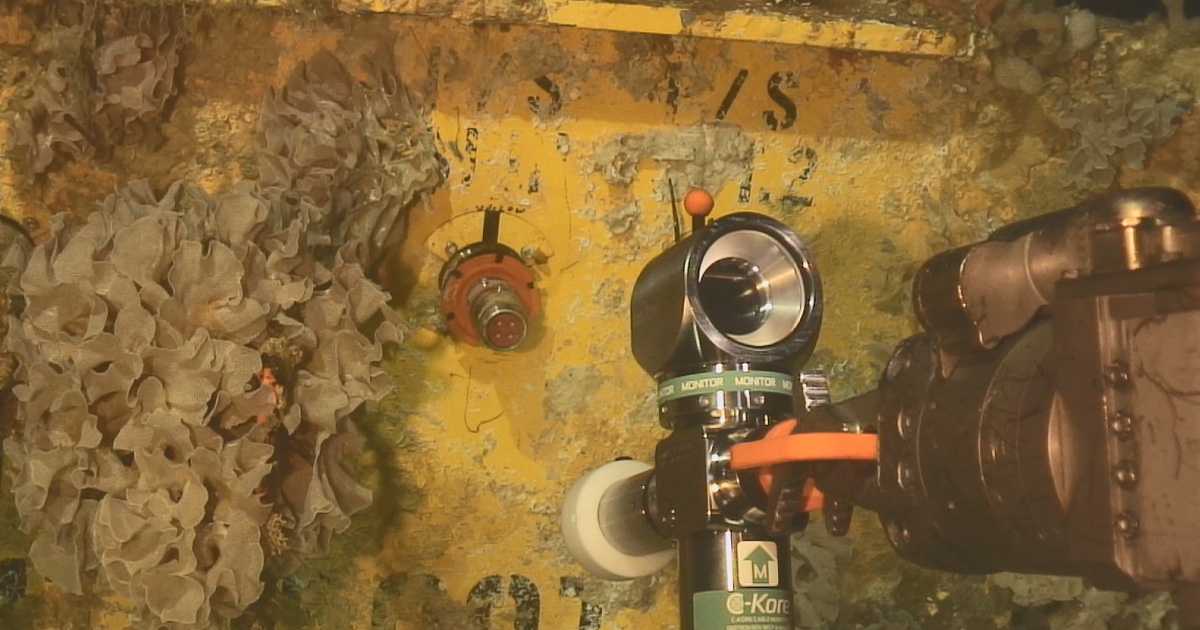Breaking Barriers with Subsea TDR Technology

C-Kore Systems, a UK company specializing in the development of innovative subsea testing tools, are seeing exciting results from customers around the world who are using their Subsea TDR technology to precisely locate anomalies in subsea electrical networks.
Oil and gas operators are locating faults quicker, reducing the downtime of their offshore operations, saving both time and money.
TIME DOMAIN REFLECTOMETRY
Time Domain Reflectometry (TDR) is a technique widely used to locate faults in onshore electrical systems, such as the buried services that run under our streets. Like a sonar but for electrical cables, a TDR fires a pulse of electrical energy down a cable and records any reflections that bounce back. Some reflections are caused by features expected in sub-sea electrical networks, such as splices and terminations, whereas others are caused by cable faults and damage. The challenges of applying this technique to a length of cable that may be in 3000 m of water and 20 km from the host facility have, until the develop-ment of C-Kore’s Subsea TDR tool, limited its value to subsea operators.
Historically, fault finding subsea electrical networks involved the use of a ‘down-line’ which is essentially an enormous extension cable hundreds, or thousands, of meters long. The down-line is used to connect the subsea installations to the topside TDR test unit where technicians knowledgeable of TDR theory and operation must battle the intricacies of op-eration and detrimental influence of the downline to obtain any usable data. This is a time-consuming task which often leaves the end user without the answer to the question: where is the fault?
HAND-HELD CONVENIENCE
To overcome these frustrating issues for their customers, C-Kore Systems has developed a fully automated, small hand-held Subsea TDR testing unit to simplify the whole fault-finding process in subsea electrical networks. The C-Kore unit has a wet-mate connector so it plugs directly into the subsea infrastructure. It is programmed ahead of time, so no specialized personnel are needed offshore, an added benefit during the COVID-19 pan-demic. The captured information is data-logged by the unit, allowing it to be downloaded later for detailed analysis using C-Kore’s proprietary software. This, coupled with C-Kore’s renowned data analysis service allows customers to locate their faults with accuracies of around 30 cm. This capability allows offshore operators to quickly identify the faults in their subsea systems, plan their maintenance strategy and swiftly get their offshore fields operating again.
Greg Smith, General Manager for C-Kore Systems is excited about the progress and said: “We spent a lot of time optimizing the design of our Subsea TDR unit to make it really simple for our customers to use. The feedback we are receiving is fantastic and the level of detail in the data is tremendous with resolutions better than we had even anticipated. We are truly Simplifying Subsea Testing!”
For further information on this innovative subsea testing technology, visit: www.c-kore.com.
This story was originally featured in ON&T Magazine's September 2021 issue. Click here to read more.

